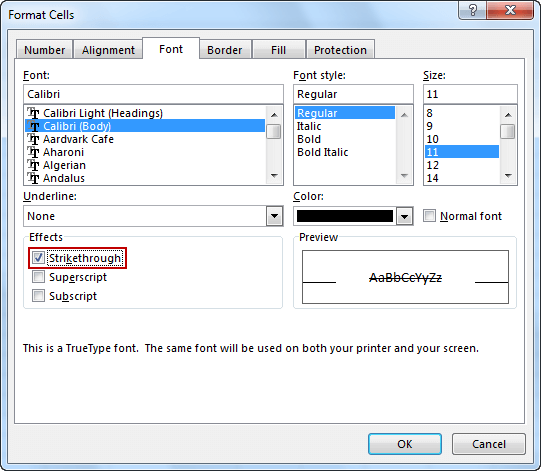
- BOLD THE UNDERLINE IN EXCEL HOW TO
- BOLD THE UNDERLINE IN EXCEL FULL
- BOLD THE UNDERLINE IN EXCEL CODE
Additionally, you want to show the currency symbol, thousands separator and two decimal places. For your users to know exactly what the output number means, you wish to display it together with some explanatory text like " Your price is". Supposing you calculate the total amount based on the unit price in cell A2, quantity in B2, and discount percentage in C2 using this calculation: =A2*B2*(1-C2).

To do this, use the CONCATENATE function to join text and numbers, and the TEXT function to display the number (or date) like you want it. When creating summary sheets or reports, you may often want not only calculate totals, percentages and the like, but also explain to your users what this or that number means. Concatenate text and number (or date) in a custom format The below examples will give you a few inspirational ideas. The situation changes as soon as you start using TEXT in combination with other Excel functions. So far, you might have an impression that the use of the Excel TEXT function is quite limited (because a value's display can easily be changed using the Format Cells dialog available via a cell's context menu or Ctrl+1 shortcut).
BOLD THE UNDERLINE IN EXCEL HOW TO
How to use TEXT function in Excel - formula examples The following spreadsheet shows a few Excel Text formulas for dates: Time represented as a 12-hour clock, followed by "AM" or "PM" Ss - two-digit number with a leading zero (01 to 60) S - one or two-digit number without a leading zero (1 to 60) Mm - two-digit number with a leading zero (01 to 60) M - one or two-digit number without a leading zero (1 to 60) Hh - two-digit number with a leading zero (01 to 24) H - one or two-digit number without a leading zero (1 to 24)
BOLD THE UNDERLINE IN EXCEL FULL
Mmmm - full name of month (January to December) Mm - two-digit number with a leading zero (01 to 12)

M - one or two-digit number without a leading zero (1 to 12) Format codeĭ - one or two-digit number without a leading zero (1 to 31)ĭd - two-digit number with a leading zero (01 to 31)ĭdd - three-letter abbreviation (Mon to Sun)ĭddd - full name of day of week (Monday to Sunday) When using the Excel TEXT function with dates and times, you can use any of the following format codes. The following spreadsheet shows how you can use a Text formula in Excel to apply different formatting types to the same value. If you type 250000, it will display as 250,000.00Īdditionally, you can include any of the following characters in the format code, and they will be displayed exactly as entered. #,#.# - displays a thousands separator and 2 decimal places. #.? - displays a maximum of 2 decimal places and aligns the decimal points in a column.

It is generally used to align numbers in a column at a decimal point. If you type 2.555, it will display as 2.56.ĭigit placeholder that leaves a space for insignificant zeros but doesn't display them. If you type 2.5 in the referenced cell, it will display as 2.50.ĭigit placeholder that does not display extra zeros. Codeĭigit placeholder that displays insignificant zeros. The table below lists the most common and frequently used ones. Essentially, the TEXT function accepts most of the format codes used in Excel number formats.
BOLD THE UNDERLINE IN EXCEL CODE
If there's such a need, you can keep the original values (hidden or kept out of sight), and use them in other formulas.Īs you have just seen, the syntax of the Excel TEXT function is very straightforward, a tricky part is supplying a proper format code that will output your number the way you want. Consequently, you won't be able to use the result of your Text formula in other calculations. Important note! The TEXT function in Excel converts a numeric value to a text strings.


 0 kommentar(er)
0 kommentar(er)
